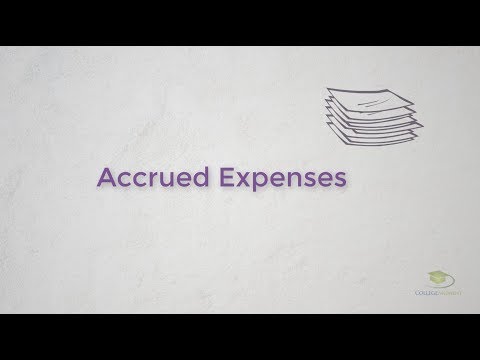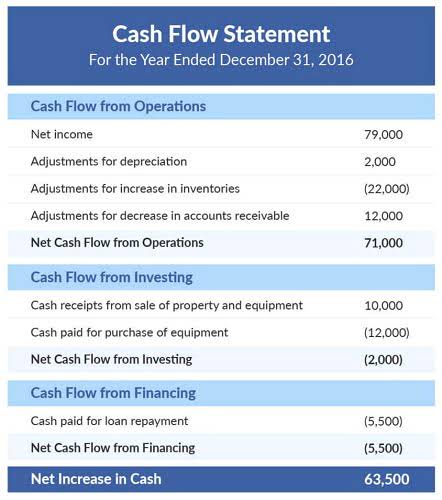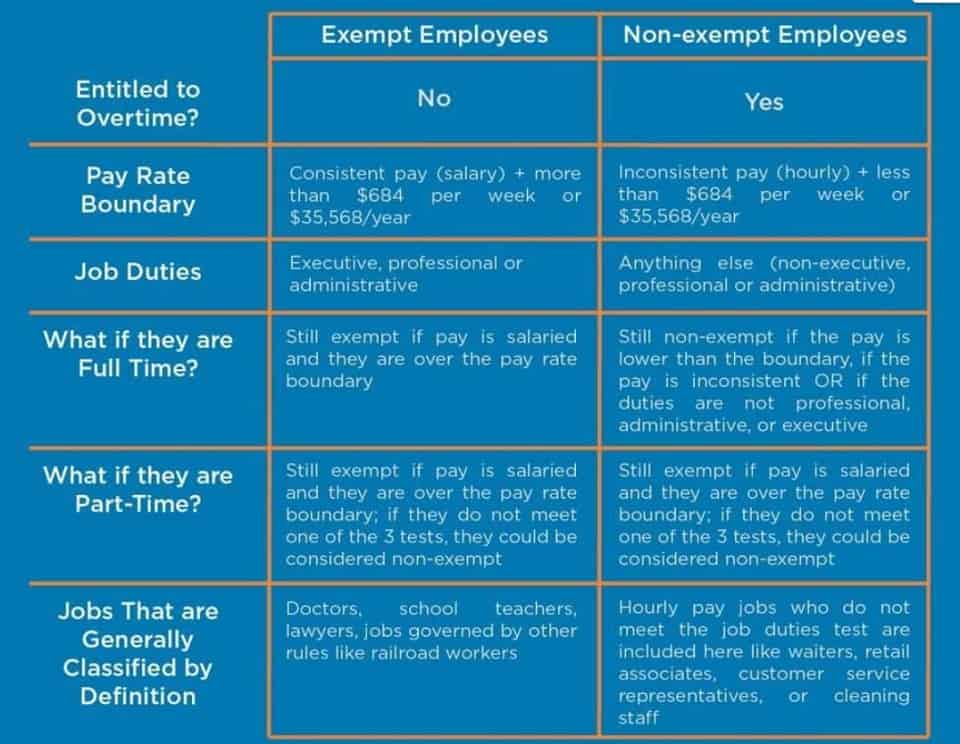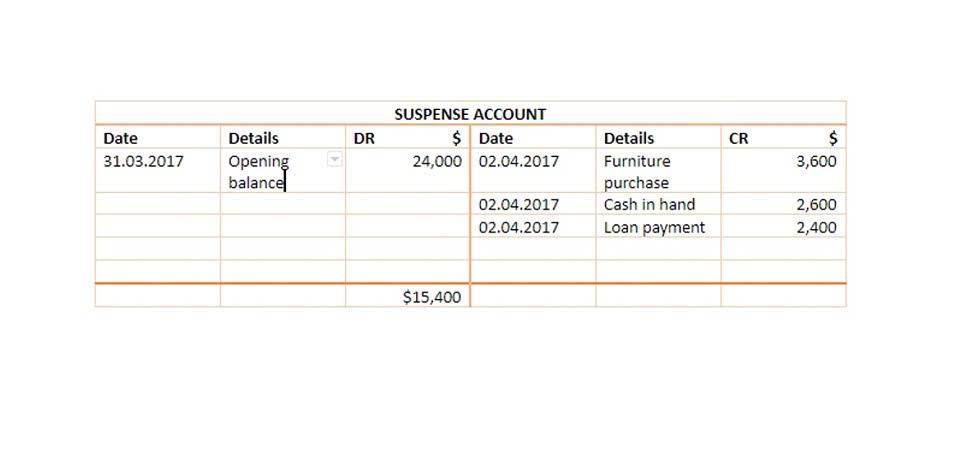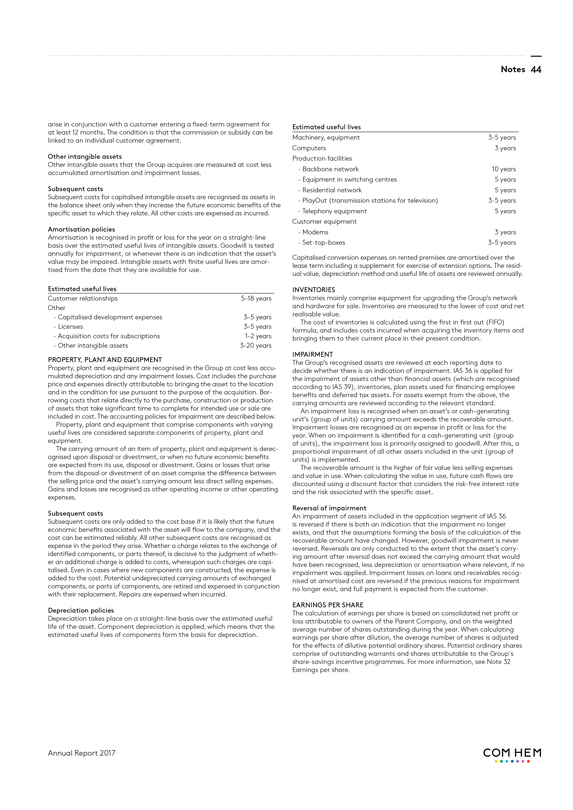
If you want to further customize a user profile, you can give users additional permissions to particular features, like reports, projects and new expenses. FreshBooks can be a good option for freelancers and contractors looking for an affordable, simple accounting software. There’s time tracking in all plans and phone support is available from 8 a.m. The first two plan tiers put a limit on billable clients, but not on invoices.
Can support larger small businesses with dozens of employees; all three plans include an unlimited number of users. Track mileage, send invoices and get a snapshot of your business cash flow with both Xero and QuickBooks. While Xero’s lowest-tiered plan allows you to send and approve up to 20 invoices, partner apps that initiate transactions can automatically contribute to your limit. One of the advantages of using Xero is that it can save businesses time and money. With Xero, businesses can eliminate the need for paper records and reduce accounting fees.
Choose QuickBooks Online If…
It allows one user and one accountant to be assigned to the account. Users can customize invoices, manage 1099 contractors and schedule reports to be automatically produced on regular cycles. Where QuickBooks is a software loved by accountants, FreshBooks is loved by small business owners who don’t have accounting as their top skill set. The dashboard makes it easy to get to what you need, whether that is the general ledger or invoicing. On the dashboard, you get a quick glimpse of your business’s financial health, allowing you to plan for upcoming expenses.
- FreshBooks may not be as comprehensive an accounting platform as Xero, but it’s hard to deny that its invoicing features are top-tier.
- That in itself isn’t a massive issue (or even necessary at all), but it does mean that balancing your books is a little more difficult.
- Choosing which of the two is better for your business depends on your needs.
- Merchant Maverick’s ratings are editorial in nature, and are not aggregated from user reviews.
- Kristy Snyder is a freelance writer and editor with 12 years of experience, currently contributing to the Forbes Advisor Small Business vertical.
FreshBooks is very easy to set up, and you can be up and running within minutes. You also don’t need to be an accounting expert to use it, and it integrates seamlessly with most banks in order to import your transactions. Plus, it comes with some great features for freelancers or project-based businesses that charge by the hour. For example, its time-tracking feature can easily track your time and send an invoice to your client for the time you spend on their work. If your business is very project-based and sends a bunch of invoices, or you’re a freelancer, then FreshBooks is a great option.
It compares really well to QuickBooks at the lower plan level but is even more affordable if you don’t need more than a single user. When you get into needing lesser-known integrations, more difficult accounting features such as inventory management, or if you need a bunch of users, then QuickBooks starts to become a better option. Intuit QuickBooks is arguably the most well-known and widely used online accounting software. It has helped small businesses for nearly four decades to keep track of their line items and accounts payable.

Support services
Merchant Maverick’s ratings are not influenced by affiliate partnerships. QuickBooks Online does offer phone support for its customers but introduction to qualified dividends doesn’t have email support. Phone wait times are often short, but the helpfulness and knowledge of representatives vary, so resolving your issue may take some time. QuickBooks Online has a number of other support resources, including a help center, in-software help, training, and guides, to help you get the answers you need.
QuickBooks Online pros and cons at a glance
While Xero and QuickBooks Online have a lot in common (i.e., advanced features and numerous integrations), there are a few features that separate the two. Xero comes out on top for its support of unlimited users at no additional cost — something that is pretty much unheard of in the accounting software world. FreshBooks beats Xero decisively when it comes to invoicing capabilities. The FreshBooks design suite allows for more customization and is easier to use compared to Xero. Xero also lacks the seamless integration with time tracking that FreshBooks offers. Xero is the second-most popular accounting software program in 6 types of activity ratios the U.S. after QuickBooks, and is the market leader in several countries, such as Australia.
Let us know how well the content on this page solved your problem today. All feedback, positive or negative, helps us to improve the way we help small businesses. Discover BusinessLoans.com’s lender network offering up to $3M in funding, no minimum credit score required. Xero does not have its own in-house payroll software, but it does integrate with Gusto. Here’s a full breakdown of the main features of Xero and QuickBooks Online.
This cloud-based solution also supports cash-basis and accrual accounting methods and uses double-entry accounting. It has solid mobile apps, and it has a large number of integrations, although it falls a bit short of Xero. FreshBooks is a super-easy-to-use accounting software built specifically for small business owners, letting you easily do everything yourself.
However, the software itself is difficult to learn if you don’t have prior accounting experience, so it isn’t the best choice for beginners. Both list of top 10 types of local businesses offer great accounting features and integrations, but which one is better for small businesses? Xero also includes unlimited users, whereas FreshBooks only provides access to multiple users for an additional monthly fee.

